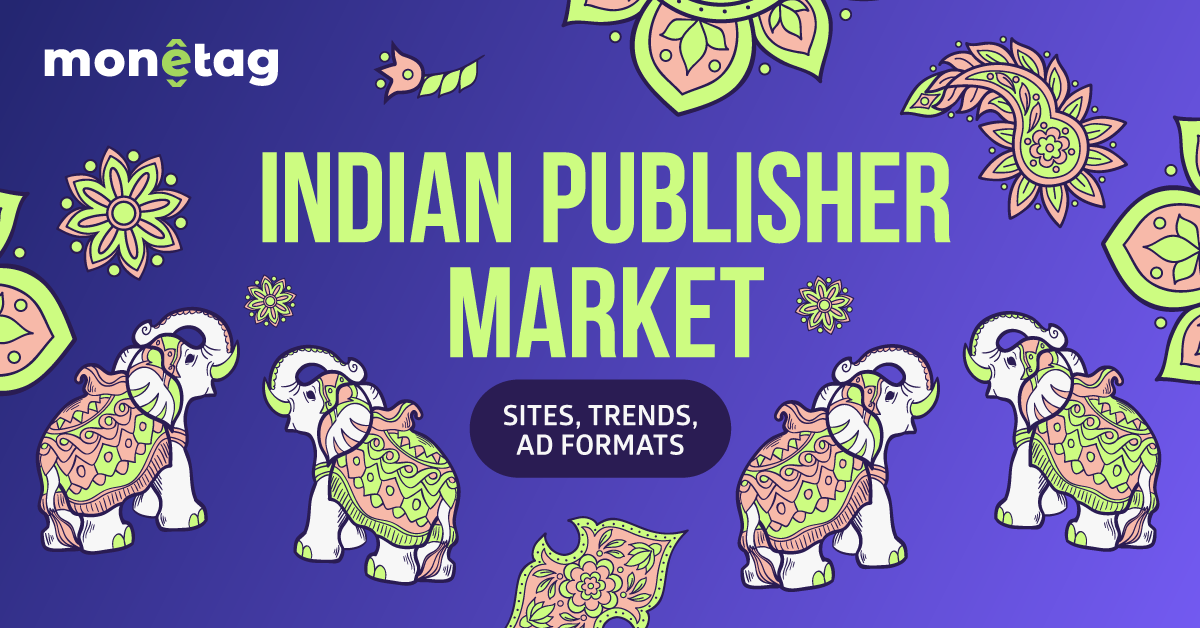Website Monetization Trends 2023: Are You Сookieless & Thumb-Friendly?

Is your website doing just fine? And will it keep going so next year?
Whatever great monetization strategy you have right now, you definitely should adjust it to what is going to be super popular. Being old-fashioned is not profitable, after all.
So, unwrap your early Christmas gift from Monetag — a pack of top monetization trends of 2023!
Interactive Content: Users Need More Engagement?
Of course, the content remains one of the key parts of a publisher’s business. Yes, thanks to the Google engine, most pubs have finally overcome the stage of SEO texts stuffed with similar keywords.
But in 2023, it seems that even a useful and engaging copy is not always enough for a modern user!
Last year, we mentioned videos and podcasts as an alternative to traditional articles. All these trends are still alive — so it’s not late to transform your best articles into YouTube videos.
What will become even hotter is interactive content: the one helping you to build a kind of dialog with a user. What can it be?
- Visual novels and interactive videos
- Surveys and quizzes
- Online calculators
Let’s just look at a couple of examples: not hard to embed, but so catchy!
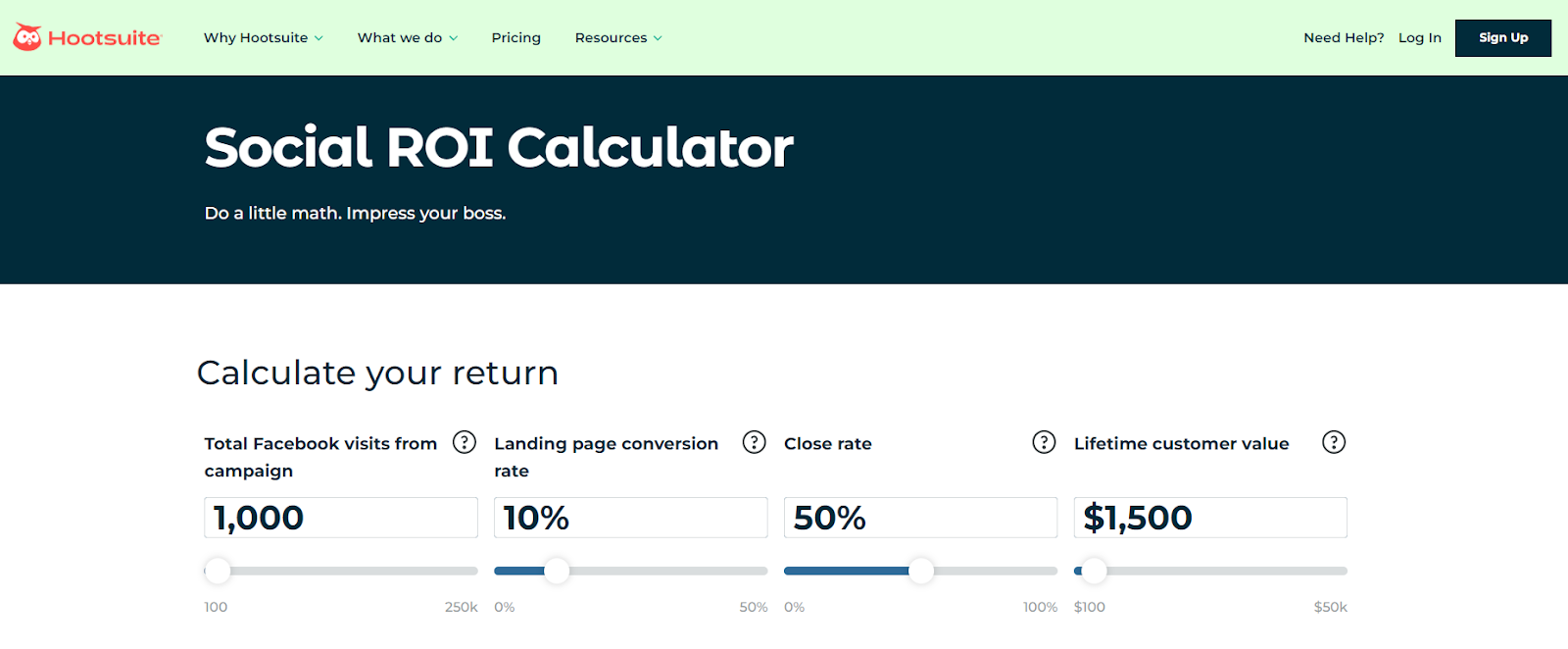
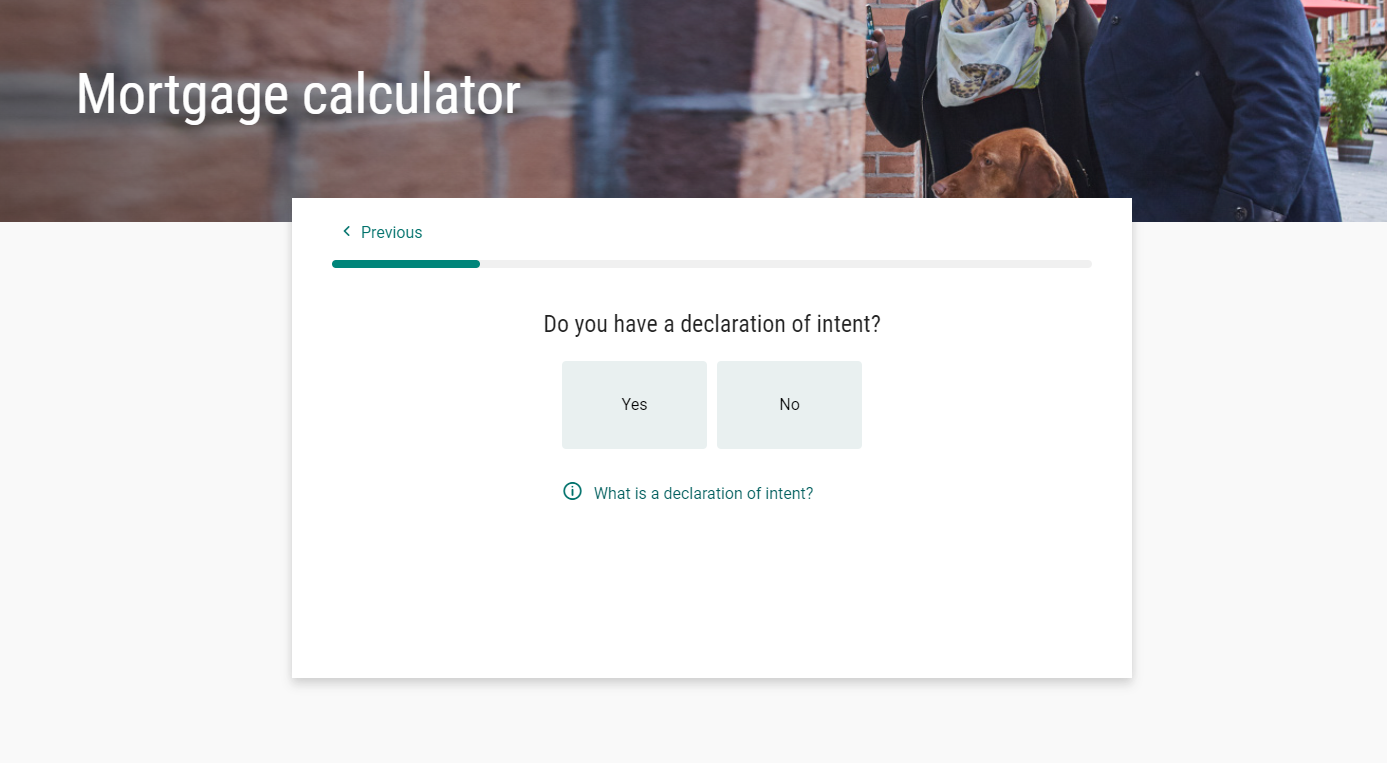
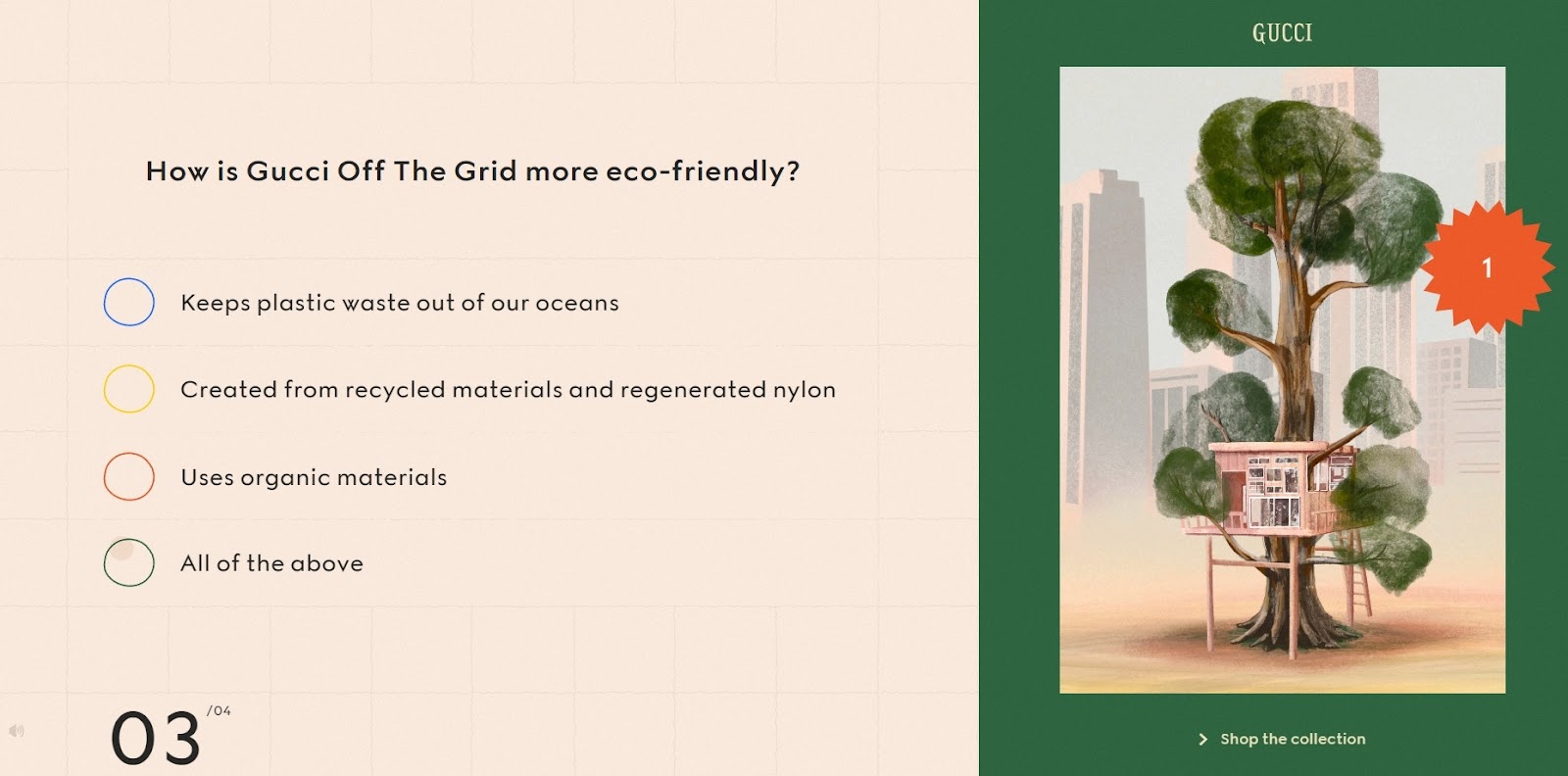
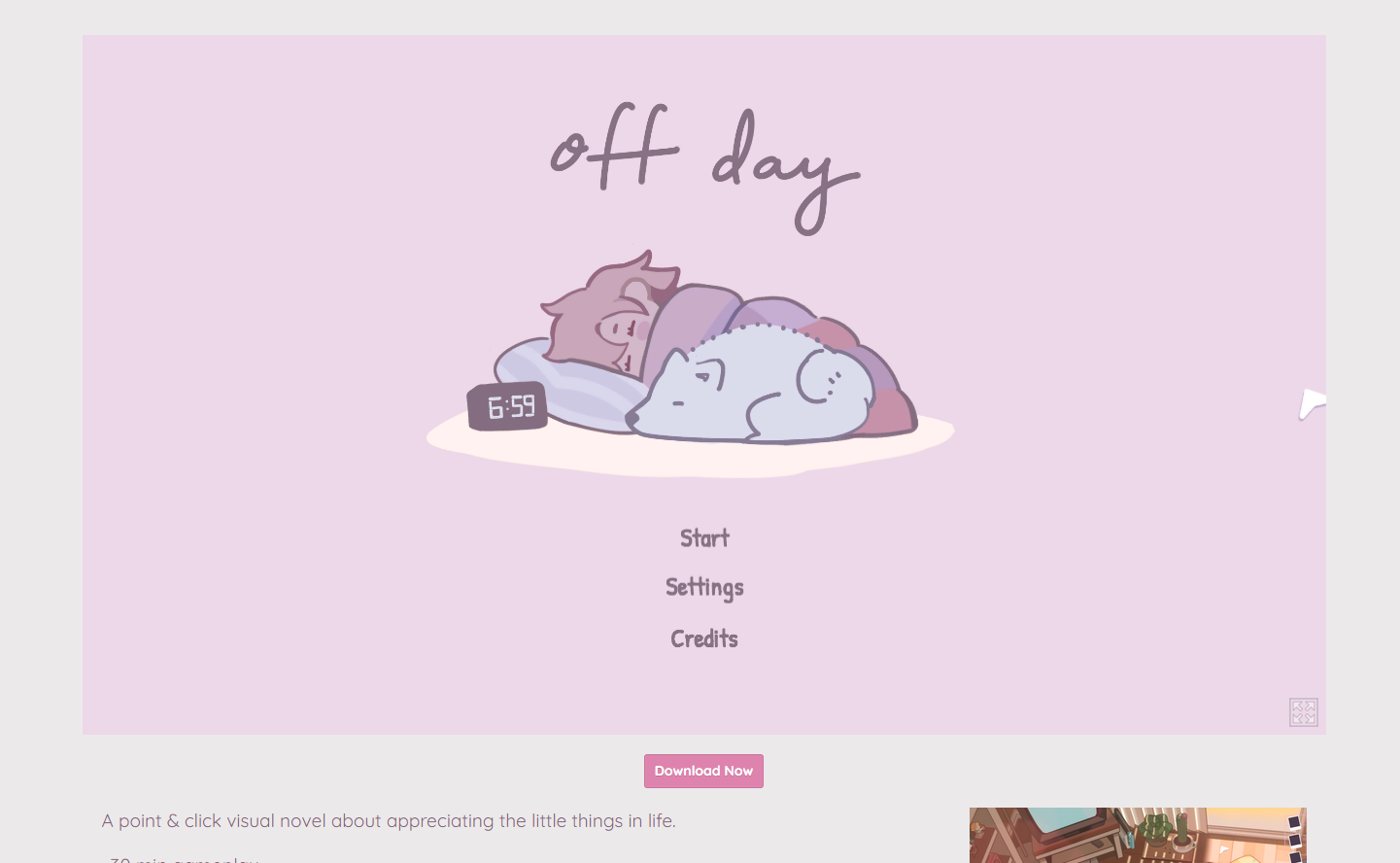
And, just a note: user engagement is an obvious must — and has always been — but it’s becoming crucial for the next trend that you won’t avoid.
You are Still Judged by Looks: Design Trends
We hope your website doesn’t look like those old platforms from the early 90s. However, it’s probably high time to make some upgrades.
Look what is trending right now in web design:
Thumb-friendliness. Most users check your content from their smartphones, and here comes a new term: your site must be thumb-friendly. Yes, it’s exactly what you think: users appreciate it when your site is convenient to scroll and shift between screens with only a thumb.
Content loading. Slowly-loading webpages are probably the biggest user experience killers. Thanks to Lazy Load technology, you can now load only the content a user sees on the screen — and so make it appear almost instantly. If a user decides to scroll the page, your site will quickly load another portion of content.
Trendy look. You don’t want to be old-fashioned, remember? It doesn’t mean you should hire a new design team right away — but you may probably want to add some trending elements.
The biggest web design trends shining out right now are minimalism, dark themes with original typography and unique scrolling effects, and 3D animation.
Here are a couple of examples:


First-Party Cookies Are The New Black
We suppose all of you have heard about Cookiepocalypse. No?
Briefly: by 2023, Google Chrome will stop collecting third-party cookies. It means users’ activity on other websites won’t be tracked — and the big question is how to understand what a user wants and keep showing relevant ads?
However, we wouldn’t be so pessimistic about it.
Why call it an apocalypse when you can call it a trend?
So, let’s paraphrase it: the new inevitable trend is a total refusal of third-party cookies — and new cookieless solutions.
Remember, we still have first-party data on hand, and we can do pretty much with it.
What are first-party cookies? In a nutshell, it is information about user behavior at your website or app — so, basically, everything a user decides to share with you deliberately.
What can it be? Just a couple of examples:
- Language settings
- Email used for sign-up or newsletters subscription
- Personal data like name, age, or whatever your sign-up form requests to share
- Website search form history
As you see, you need to build a pretty tight relationship with a user to get the most out of your first-party data.
And here are a couple of ideas of what you can do:
- Ask users to register at your site. Traditionally, publishers do it by creating some special value for those who signed up: for example, some exclusive posts.
- Cooperate with the other publishers. Have some long-term partners with fellow pubs? In the new cookieless era, it’s not enough to exchange guest posts. The trend is to share first-party data with partners and use it, for example, in personalized emails.
Comment from Monetag: While cookieless tracking might seem a big challenge at first glance, the new solutions might turn out to be even more efficient and reliable. First-party cookies actually provide you with the most precise information about a user — so big chances that the new era might boost website performance.
Email Marketing: Keep in Touch with Users
So we mentioned email marketing — let’s dive deeper into it, too!
And we’ll start with a fun fact:
Email marketing keeps gaining traction, even for offline businesses. For example, book writers and publishers consider newsletters as one of the top efficient ways to sell books.
Another fact is that the average email opt-in rate is now approximately 2% and is only growing, so why miss it?
With the importance of first-party cookies in mind, you are highly likely to boost your performance with the right email strategy.
Any ideas about the right strategy trends-wise?
Yes, sure. Here are a couple of working tips we collected from experts:
Create personalized opt-in requests. You can simply ask users to subscribe to your email list. And some of them will definitely do it, but what if you could think of a more personalized and catchy prompt? Just compare these two: which one do you like more?
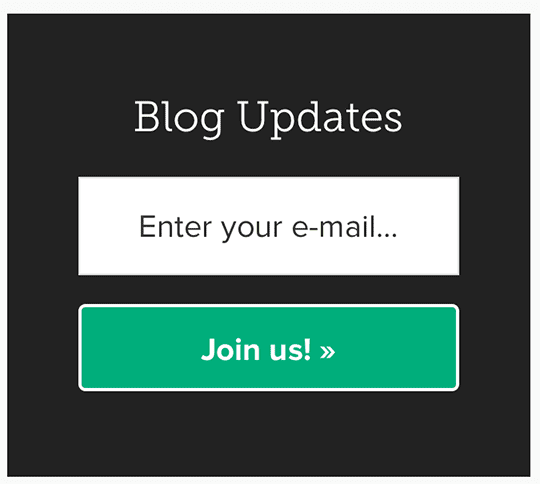
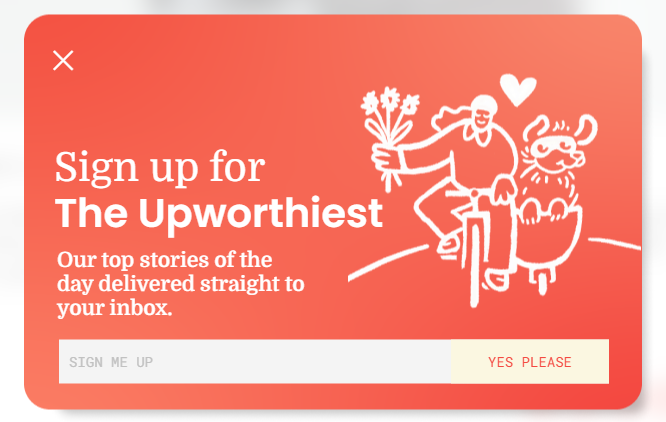
Add additional value to your emails. Just like with sign-up forms, you can offer some exclusive content available only for subscribers — and free of charge.
Sometimes, it can be just about some catchy numbers in your opt-in request, like here:
Ask for feedback. Use emails not only for sharing your news and updates — ask your subscribers to share something, too! It can be an opinion about your website, some polls about what content they want to see, or even some contribution to your site, like a guest post.
Trending Website Topics and Formats
Is your New Year resolution to create a site and start monetizing it finally? If so, you definitely want to know which topics are most likely to work out — and how much you can earn on them, of course.
No problem, let’s take a look!
We checked our statistics, and it turned out that top trending topics have not changed much since the last year:
- Sports
- News
- Anime
- Media
- Social Traffic
And what about trending formats and GEOs? We brought some information too, and it’s not our guess again: we spoke to our experts, and they just gave us cold facts and statistics that we wrapped in this comprehensive table:
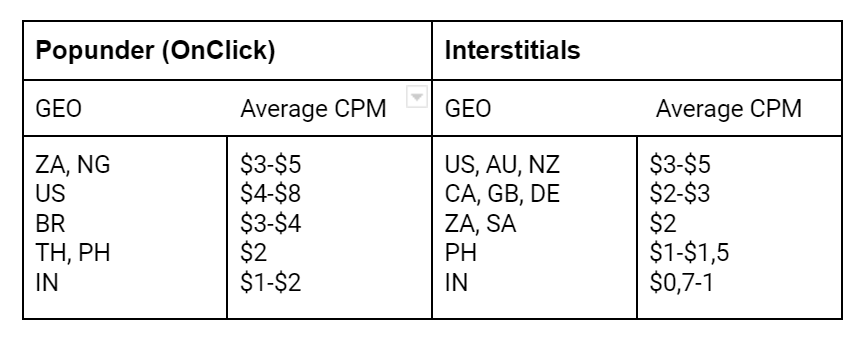
Comment from Monetag: of course, your CPM rates may vary depending on your traffic quality and volumes — and can change throughout the whole year. For example, social traffic often turns out to be top-notch and brings great CPMs. Still, it’s unlikely that current trending niches and countries will become less popular very soon — so you can count on these approximate numbers for at least the next couple of months.
Multitag: Earning as Much as Possible is Evergreen
Okay, you attracted the best audience to our website. They are in love with your platform and don’t mind a couple of native and relevant ads!
But how to make the most of the user’s loyalty when you rely on programmatic advertising?
The biggest trend here is MultiTag — an AI-based monetization format that does the hardest part of a publisher’s work for you.
How does MultiTag work? Let’s just see the step-by-step workflow:
| 1. You add a tag to your website. 2. The tag automatically detects the ad format that will suit your website and will bring the most profit. 3. Your website visitors see relevant ads selected by MultiTag — and these ads don’t spoil their user experience. 4. You get the highest possible revenue thanks to the algorithm that matches your site with the most profitable ad formats. |
Numbers speak better than words. So let’s look at how one of our publishers compared the results with MultiTag and Interstitial:
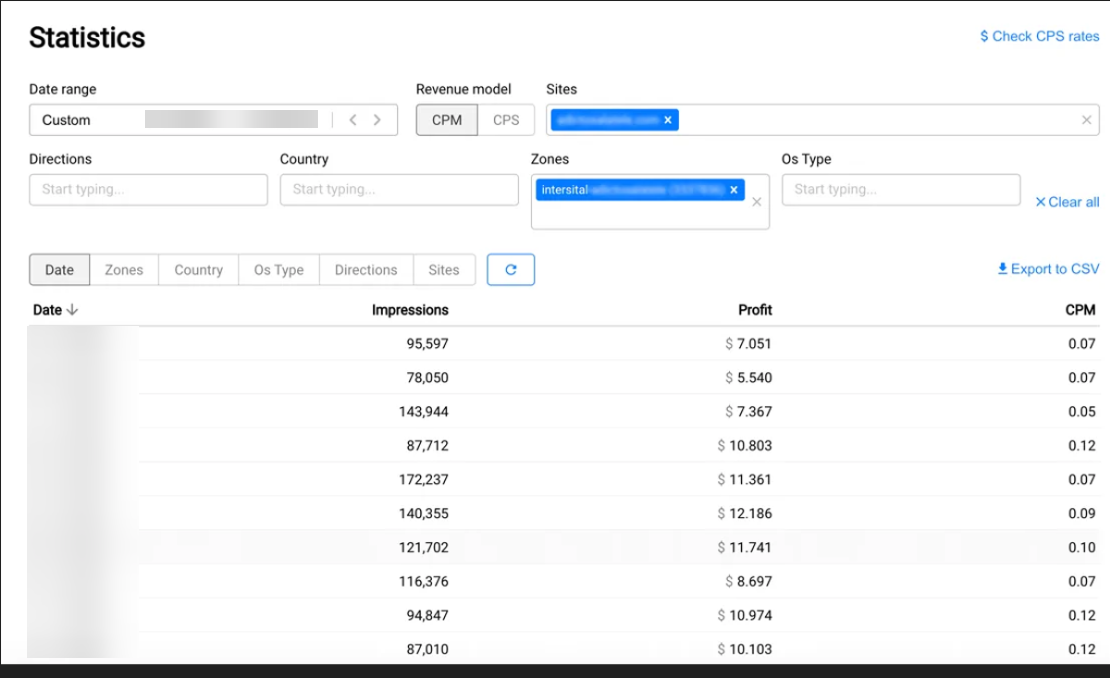
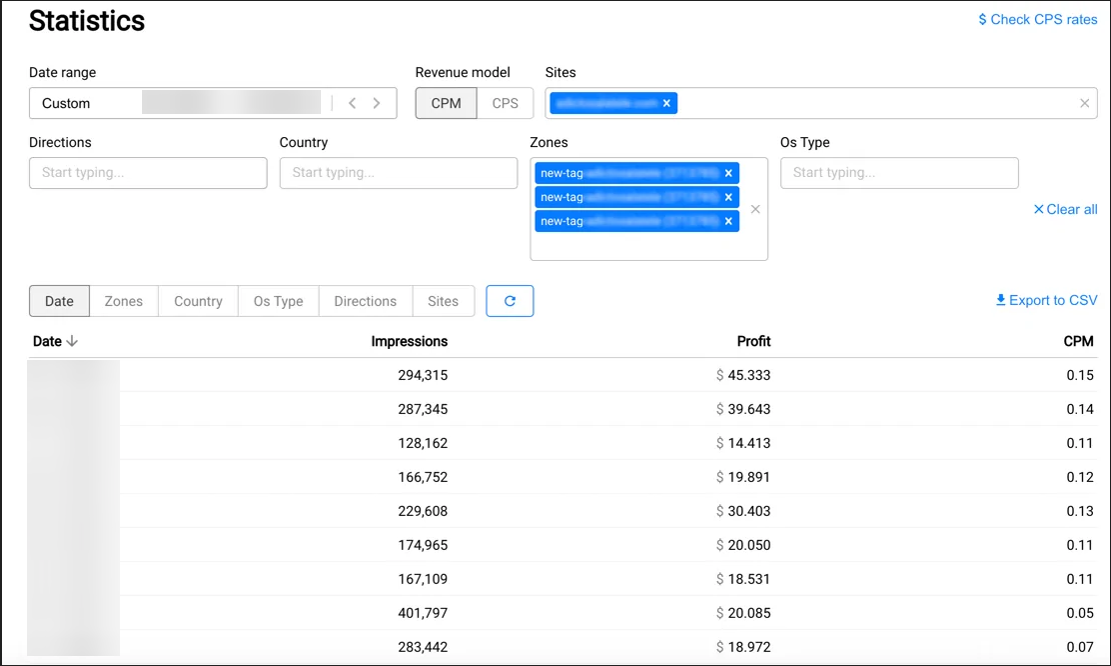
Comment from Monetag: Automation is probably the largest trend across literally all industries — and this is what MultiTag exactly gives to publishers. The format is universal and will suit any publisher level: from a very beginner to an experienced webmaster who wants to boost their income.
To Sum Up
The industry has not changed dramatically since the last year — so it seems it won’t take you much time and effort to prepare for the next monetization season.
All the previous trends have not really vanished, too — and it means you can start monetizing your site right away.
